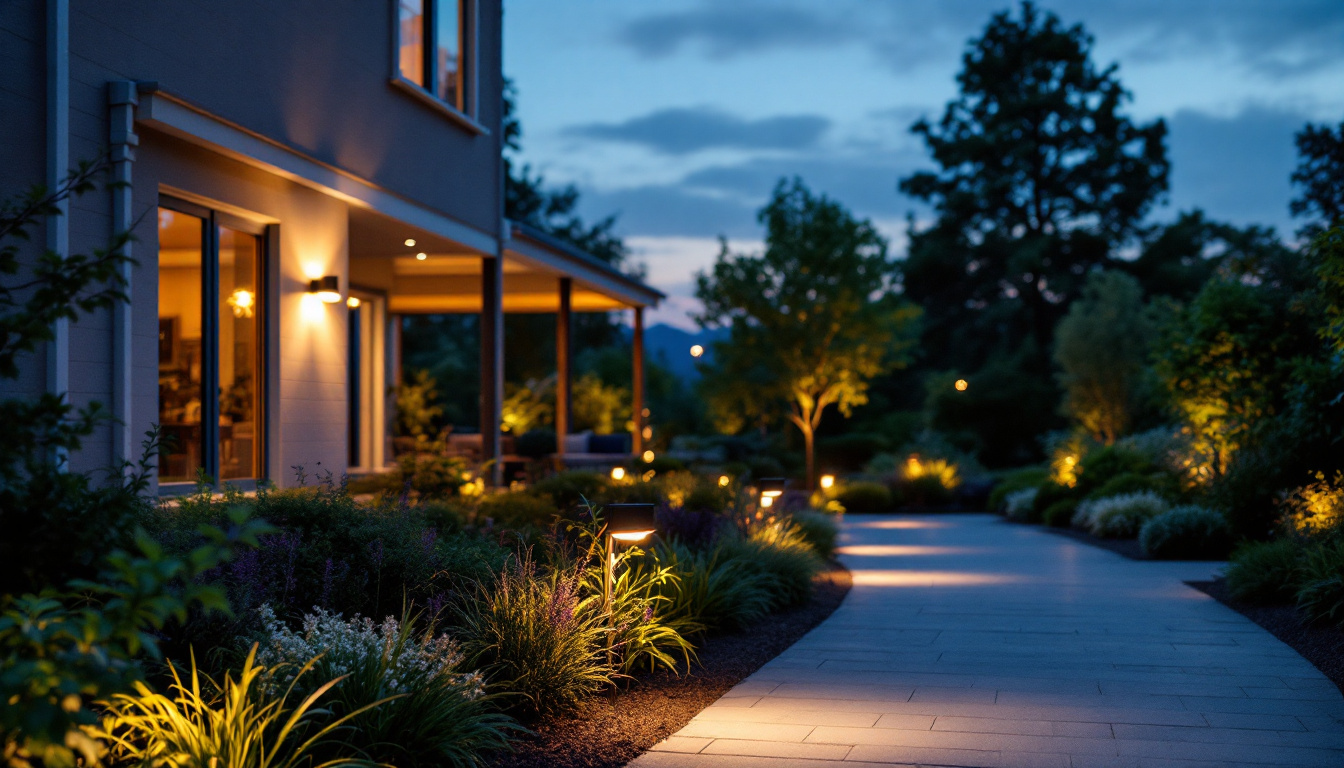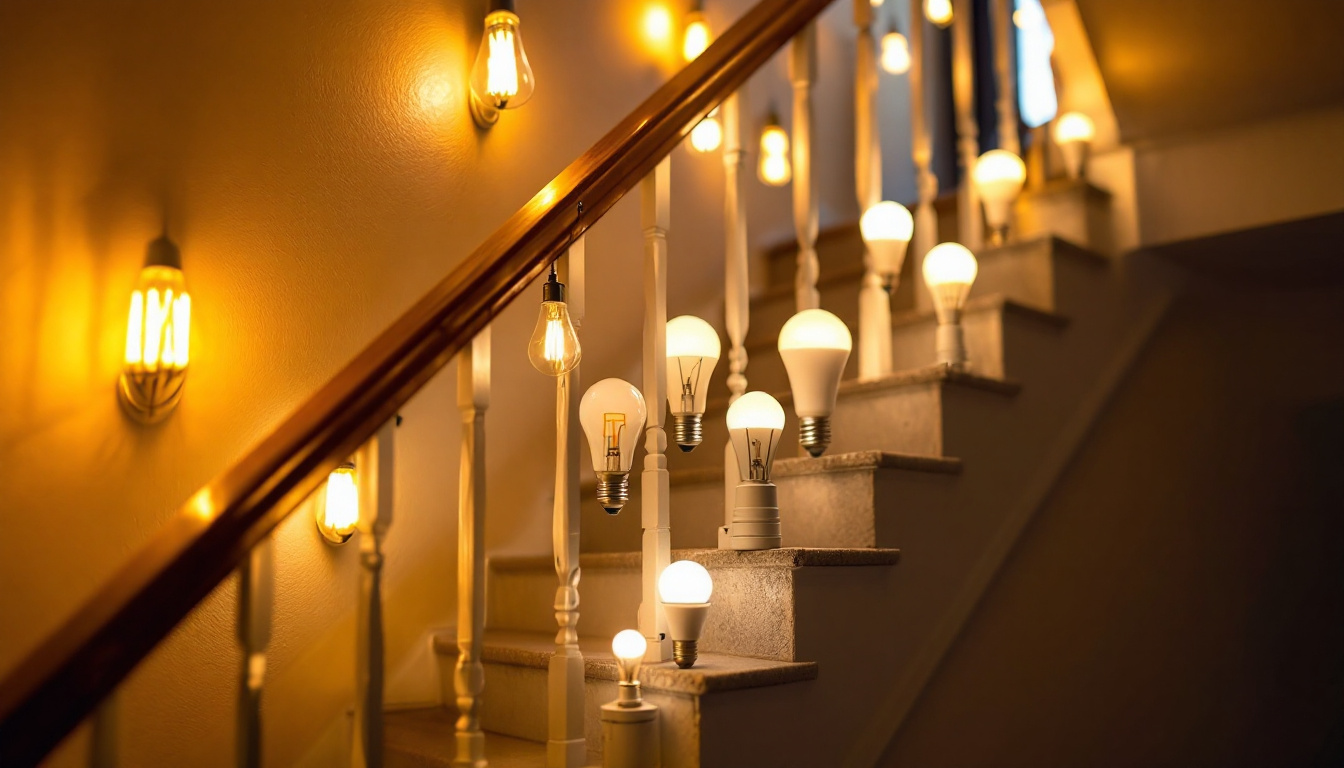
For lighting contractors, understanding the nuances of bulb bases is essential. The base of a bulb is more than just a connector; it determines compatibility, safety, and the overall performance of a lighting system. Whether working on residential, commercial, or industrial projects, mastering the various types of bulb bases can streamline installations and reduce costly errors.
With the vast array of lighting technologies available today—from incandescent and halogen to LED and CFL—knowing which bulb base to use is a critical skill. This knowledge ensures that contractors can recommend the right products, optimize energy efficiency, and meet client expectations with precision.
There are several common types of bulb bases, each designed for specific applications and fixtures. For instance, the E26 base, often referred to as the standard medium base, is widely used in homes and commercial spaces alike, making it a versatile choice for many lighting solutions. On the other hand, the GU10 base is typically found in track lighting and recessed fixtures, allowing for directional lighting that can enhance the ambiance of a room. Understanding these distinctions not only aids in selecting the appropriate bulbs but also in educating clients about their options, ensuring they make informed decisions that align with their lighting needs.
Furthermore, advancements in lighting technology have led to the emergence of innovative bulb bases that cater to smart lighting solutions. Bases that support smart bulbs often come with additional features, such as compatibility with wireless control systems and energy monitoring capabilities. This evolution in bulb base design reflects the growing demand for energy-efficient and customizable lighting options, allowing contractors to stay ahead of the curve by offering cutting-edge solutions that appeal to tech-savvy clients. As the lighting industry continues to evolve, staying informed about these developments will empower contractors to provide superior service and enhance the overall lighting experience for their customers.
The Edison screw base is arguably the most recognizable and widely used bulb base in the lighting industry. Named after Thomas Edison, this base features a threaded metal shell that screws into a matching socket. The most common sizes include E26 and E27, often used interchangeably in North America and Europe, respectively.
Lighting contractors frequently encounter E26/E27 bases in residential lighting, such as table lamps, ceiling fixtures, and pendant lights. Smaller Edison bases like E12 (candelabra) and E14 (European small Edison screw) are typical in decorative lighting, chandeliers, and nightlights.
One key advantage of Edison screw bases is their ease of installation and replacement, making them a favorite among homeowners and professionals alike. However, contractors must ensure the correct voltage and wattage ratings to avoid compatibility issues or safety hazards.
Bayonet bases are characterized by their push-and-twist locking mechanism, which provides a secure and vibration-resistant connection. The BA15d (double contact) and BA15s (single contact) bases are common in automotive and specialty lighting applications, while the B22 base is prevalent in residential and commercial settings, especially in the UK and Commonwealth countries.
For lighting contractors, bayonet bases offer the advantage of quick installation without the risk of cross-threading, which can occur with Edison screw bases. These bases are often found in ceiling fixtures, wall sconces, and outdoor lighting where a firm connection is essential.
Understanding the subtle differences between bayonet base types, such as contact points and pin placement, is crucial to avoid mismatches that can lead to electrical faults or bulb damage.
Bi-pin bases are common in low voltage and specialty lighting, including halogen and LED bulbs. The G4 and G5.3 bases feature two pins spaced at 4 mm and 5.3 mm apart, respectively, and are typically used in under-cabinet lighting, display cases, and landscape lighting.
The GU10 base, with its twist-lock mechanism, is widely used in track lighting and recessed downlights. Its design allows for easy replacement while maintaining a secure fit in high-vibration environments. The GX53 base, a flat, disc-shaped connector, is often employed in slim-profile fixtures where space constraints are a concern.
Lighting contractors must be adept at identifying these bases, as incorrect pin spacing or base type can prevent bulbs from fitting or functioning correctly. Additionally, many bi-pin bulbs operate on low voltage, necessitating proper transformer compatibility.
Fluorescent lighting remains popular in commercial and industrial environments due to its efficiency and brightness. The bases for fluorescent tubes vary based on tube size and type. The G13 base is standard for T8 and T12 tubes, featuring two pins spaced 13 mm apart. The G5 base is used for T5 tubes, which are slimmer and more energy-efficient.
The 2G11 base is designed for compact fluorescent lamps (CFLs) with four pins, often found in specialized commercial fixtures. These bases require precise alignment and secure connection to ensure proper electrical contact and optimal light output.
Contractors working with fluorescent lighting must understand the differences between these bases, as mismatched tubes can cause flickering, reduced lifespan, or fixture damage. Additionally, ballast compatibility is a critical consideration when replacing or upgrading fluorescent systems.
Specialty lighting applications often utilize unique pin bases designed for halogen or other high-intensity bulbs. The R7s base, a double-ended linear base, is common in floodlights and security lighting. Its robust design supports high wattage and intense heat output.
The G9 base features looped pins and is frequently used in decorative fixtures, pendant lights, and some desk lamps. Its compact size allows for sleek fixture designs without sacrificing light quality.
GY6.35 bases are typically found in low voltage halogen bulbs used in landscape and accent lighting. These bases require careful handling due to the delicate nature of halogen bulbs and their sensitivity to oils and contaminants.
Miniature bases are often employed in instrument lighting, medical equipment, and other specialized fields. These bases come in various sizes, such as T3, T5, and T6, referring to the tube diameter in eighths of an inch. Their small form factors allow them to fit into compact spaces where standard bases cannot.
Lighting contractors working in specialized sectors must be familiar with these bases to ensure proper bulb selection and installation. Additionally, sourcing replacement bulbs for these bases can be challenging, emphasizing the importance of accurate identification and planning.
One of the foremost concerns when selecting bulb bases is ensuring compatibility with the fixture and electrical system. Mismatched bases can lead to poor electrical contact, flickering, or even fire hazards. Contractors must verify voltage ratings, wattage limits, and physical dimensions before installation.
Safety standards and codes also dictate certain base types for specific applications. For example, outdoor or wet location fixtures often require bases that provide enhanced sealing and corrosion resistance. Adhering to these standards protects both the contractor and end-users from potential risks.
The lighting industry is rapidly evolving, with LED technology leading the charge toward energy-efficient solutions. Many LED bulbs are designed to retrofit existing bases, such as Edison screw or GU10, allowing contractors to upgrade lighting systems without replacing fixtures.
Understanding which bases are compatible with LED technology is vital for contractors aiming to provide sustainable and cost-effective lighting solutions. Additionally, some LED bulbs require specific base types or adapters to function correctly, making knowledge of bulb bases even more critical.
Ease of installation and maintenance is another important factor. Bases like the bayonet and GU10 offer secure connections that resist loosening over time, reducing maintenance calls. Conversely, some miniature or specialty bases may require delicate handling or specialized tools, impacting labor costs and project timelines.
Lighting contractors benefit from familiarity with a wide range of bulb bases, enabling them to advise clients on long-term maintenance considerations and select bases that align with project requirements.
Maintaining an up-to-date reference guide of bulb bases, including dimensions, voltage ratings, and typical applications, can be invaluable. This resource aids in quick identification and decision-making on-site, minimizing errors and delays.
Having a well-stocked inventory of common bulb bases and adapters allows contractors to address unexpected situations promptly. Adapters can be particularly useful when clients want to retrofit fixtures with newer bulb technologies without replacing the entire fixture.
The lighting industry is subject to evolving standards and technological advancements. Regular training and engagement with manufacturers’ updates ensure contractors remain knowledgeable about new base types, compatibility issues, and best installation practices.
Proper tools for installing and testing bulb bases contribute to successful outcomes. From torque drivers for secure fastening to voltage testers for verifying electrical safety, investing in quality equipment enhances professionalism and reliability.
For lighting contractors, expertise in bulb bases is a cornerstone of professional excellence. It impacts every stage of a project—from initial design and product selection to installation and maintenance. Mastery of bulb bases not only improves efficiency and safety but also enhances client satisfaction by ensuring reliable, high-performance lighting solutions.
By understanding the diverse types of bulb bases and their specific applications, contractors can confidently navigate complex projects, offer informed recommendations, and stay ahead in a competitive industry. This foundational knowledge is a secret weapon that lighting professionals use to deliver superior results time and time again.
Ready to elevate your lighting game? At LumenWholesale, we’re committed to providing you with the highest quality lighting solutions that meet your every need. From the intricacies of bulb bases to the latest in LED technology, our spec-grade products are available at unbeatable wholesale prices. Say goodbye to middleman markups and hello to a vast selection of reliable, high-performance lighting with free shipping on bulk orders. Don’t compromise on quality or value—choose LumenWholesale for your lighting projects and experience the best in affordability and convenience. Wholesale Lighting at the Best Value awaits you. Step into the light with LumenWholesale today!

Discover how wall outlet coverings can streamline operations for lighting contractors, reducing costs and saving valuable time.

Discover how motion-activated flood lights can revolutionize your lighting design by enhancing security, energy efficiency, and aesthetic appeal.

Discover expert tips and best practices for illuminating your living room with overhead lighting.

Discover how choosing the right staircase light bulbs can significantly cut costs for lighting contractors.